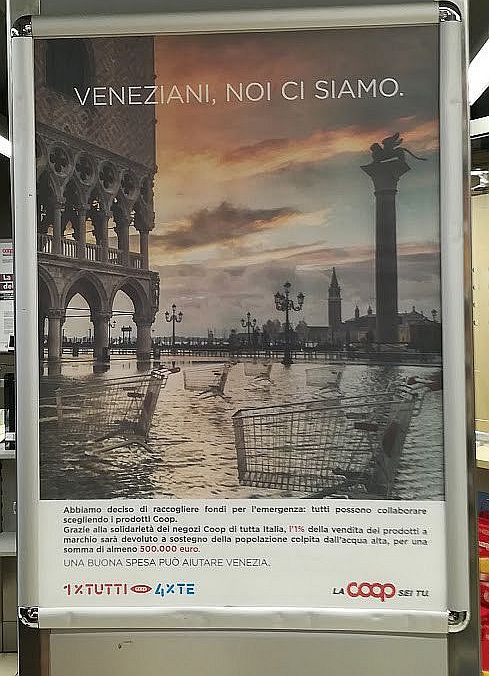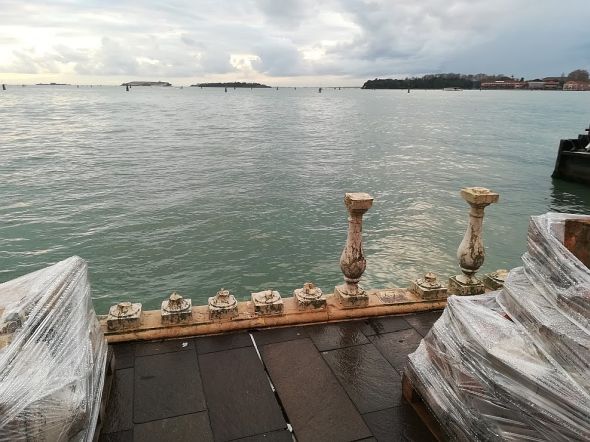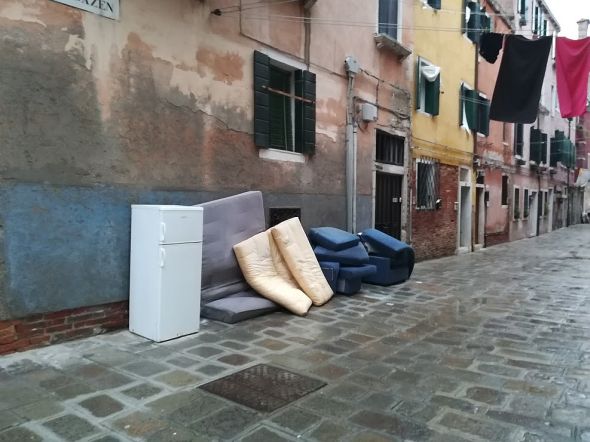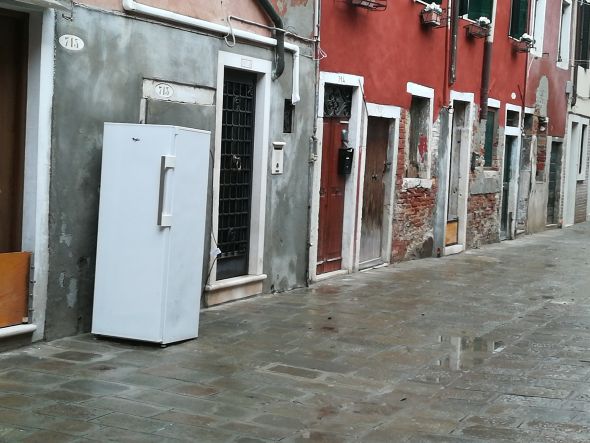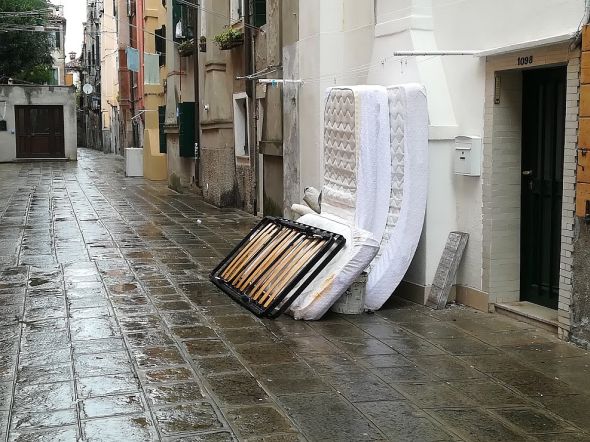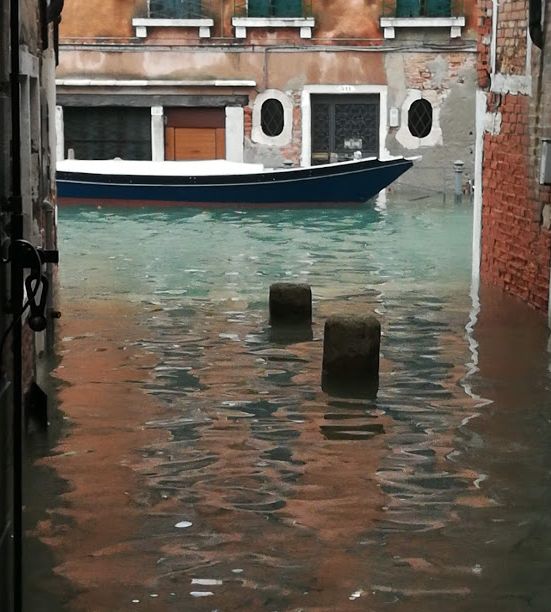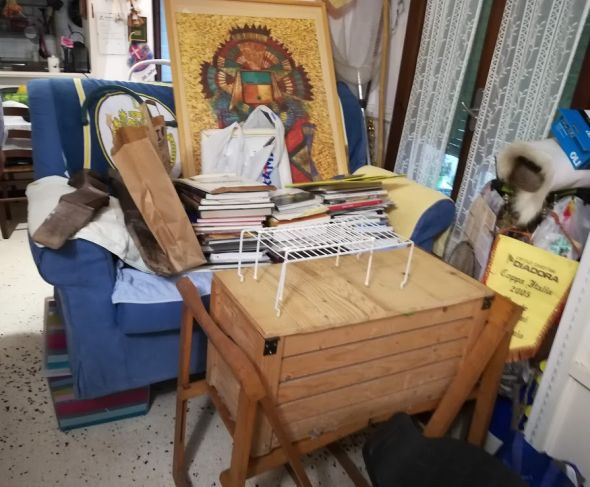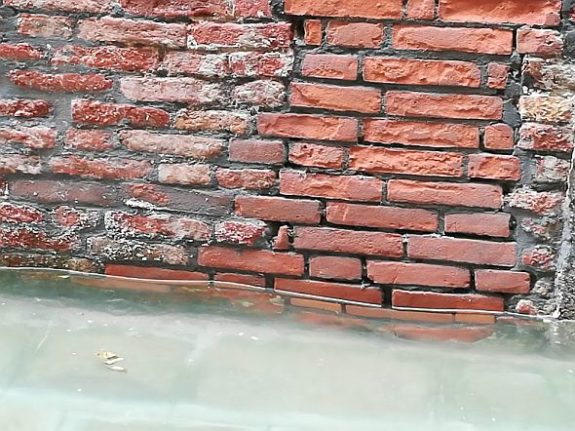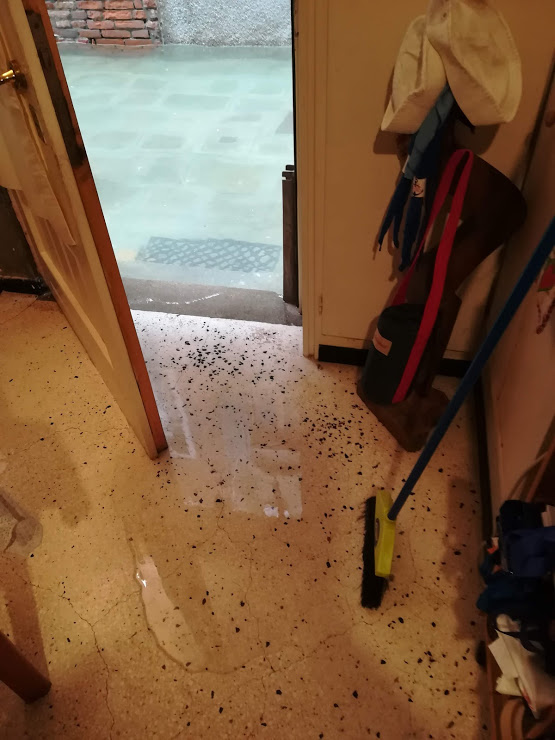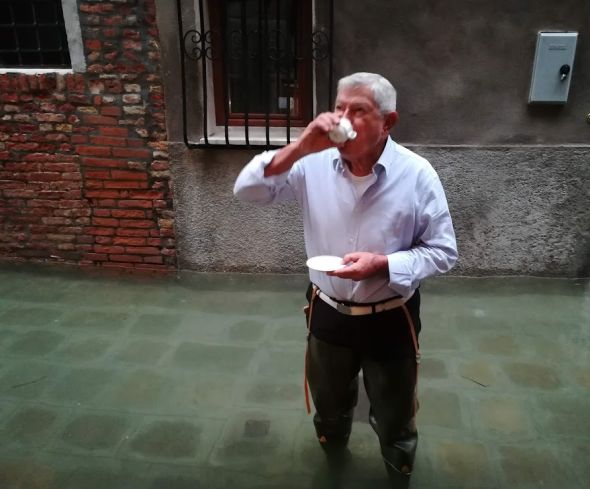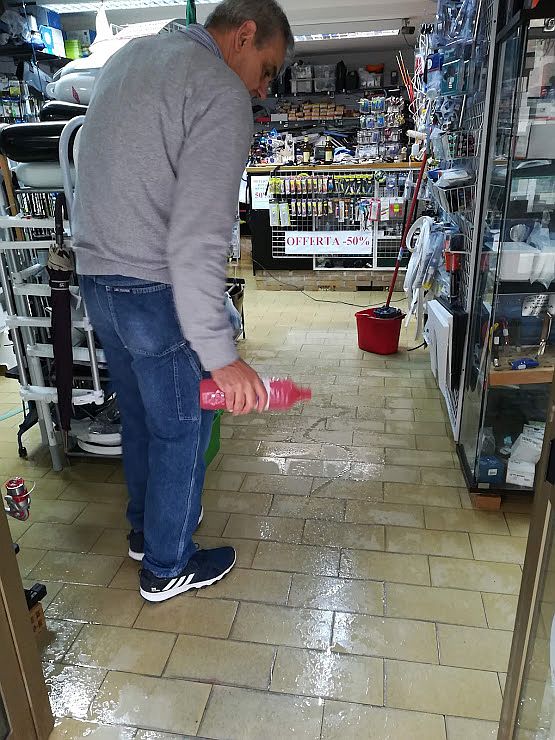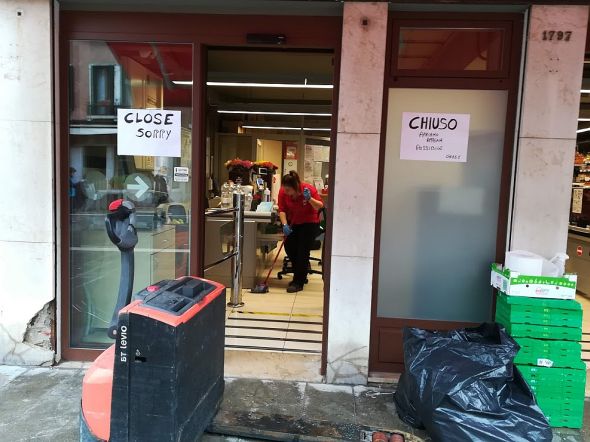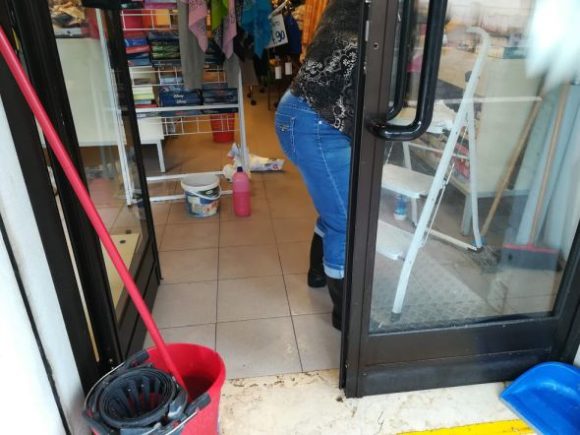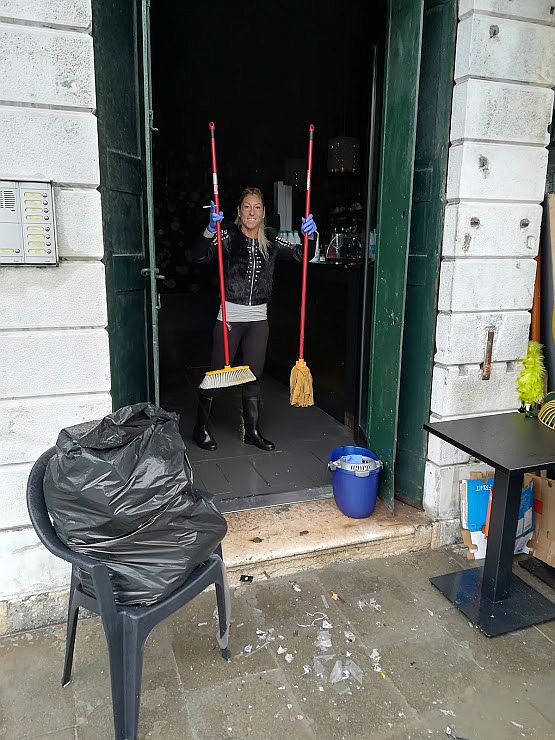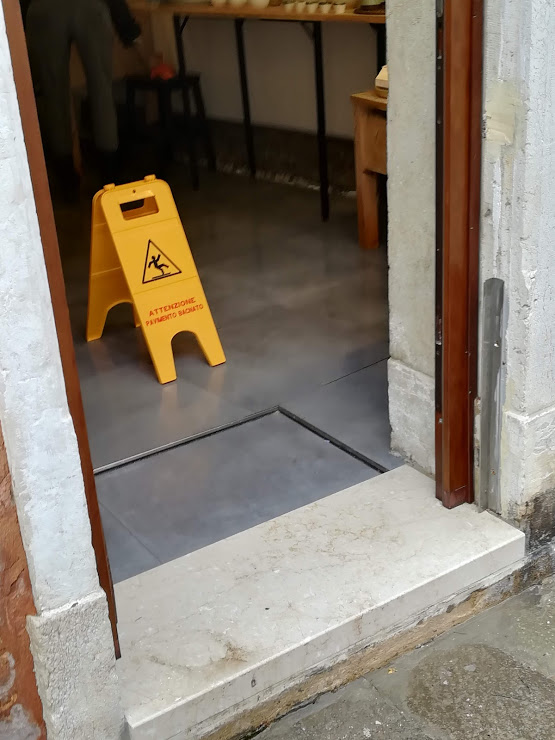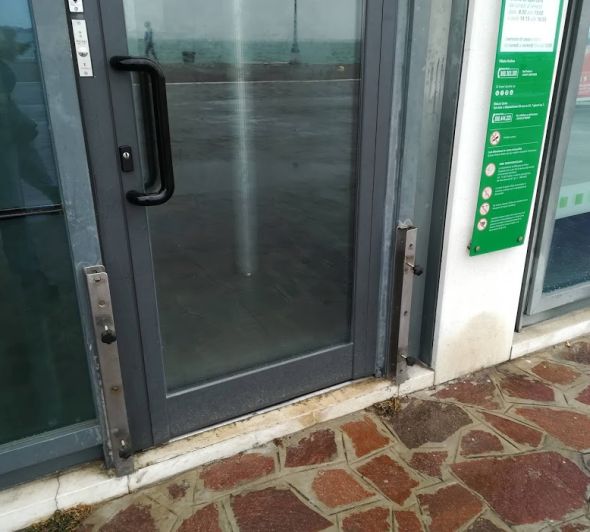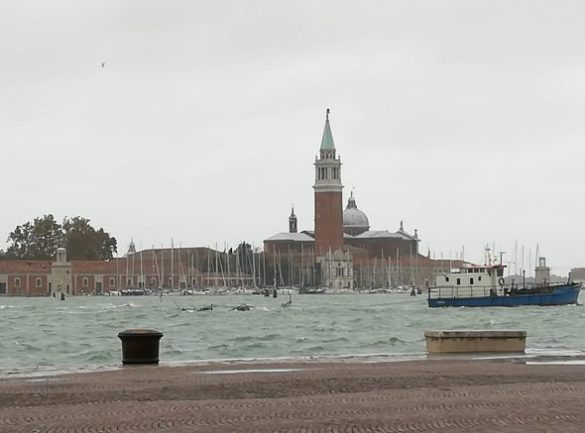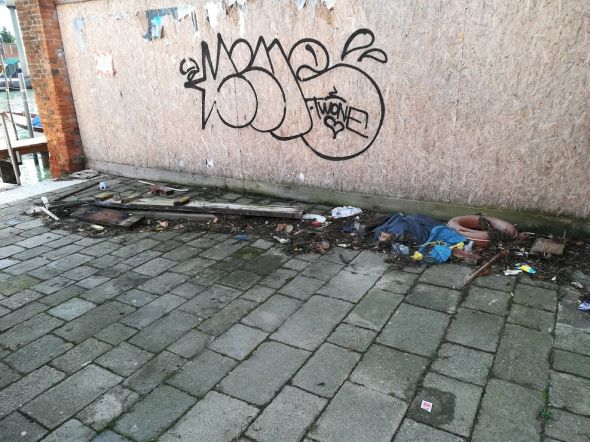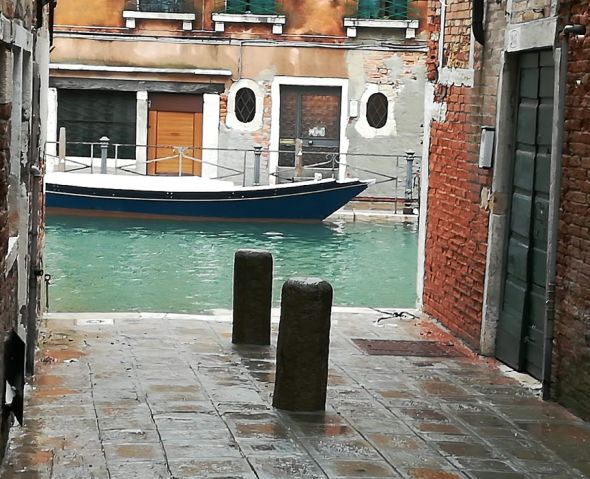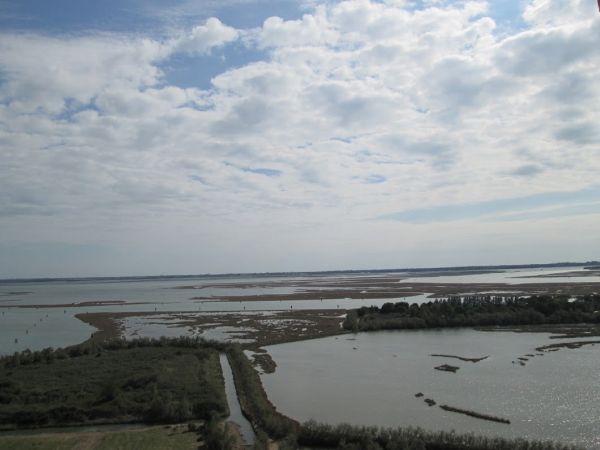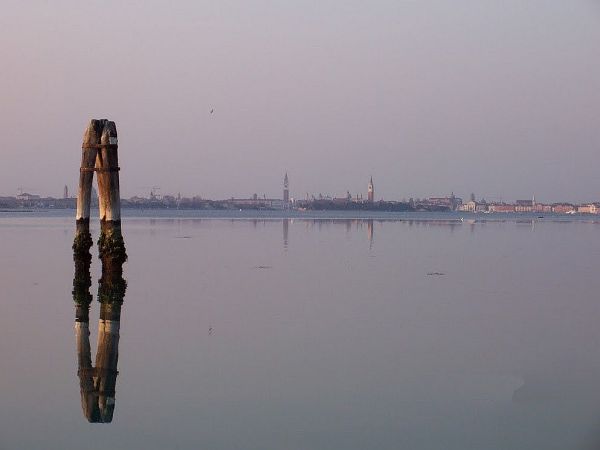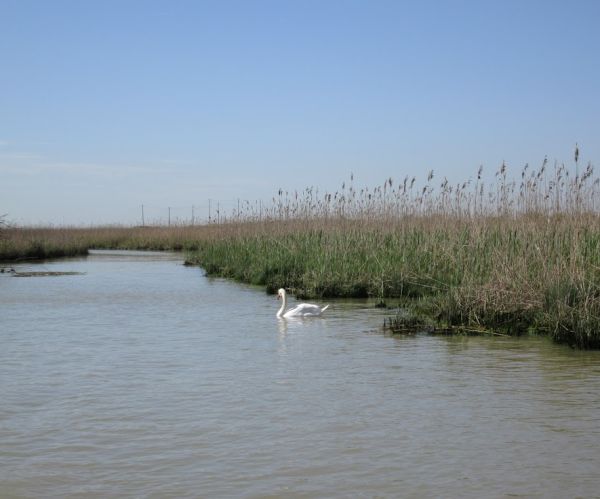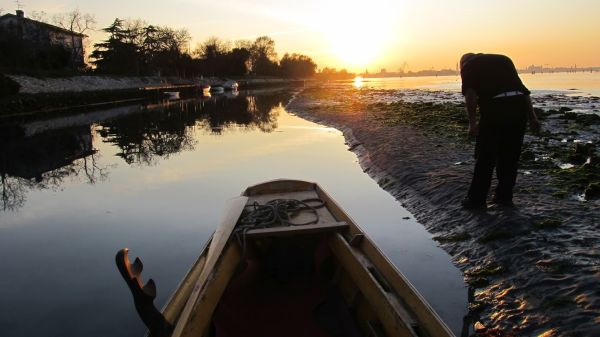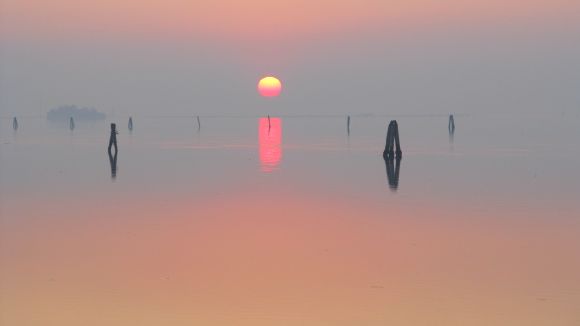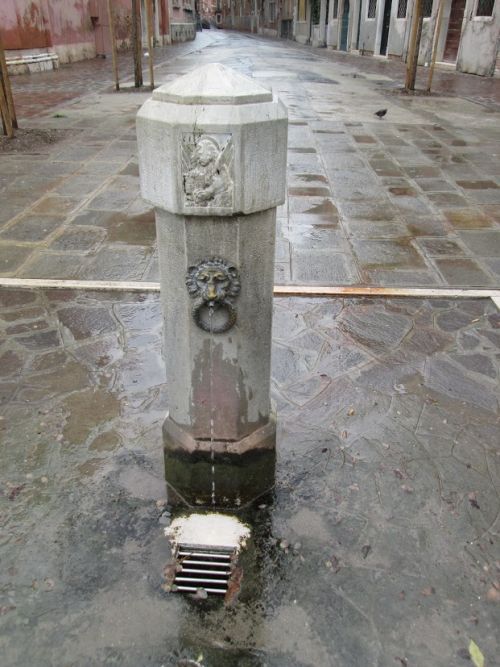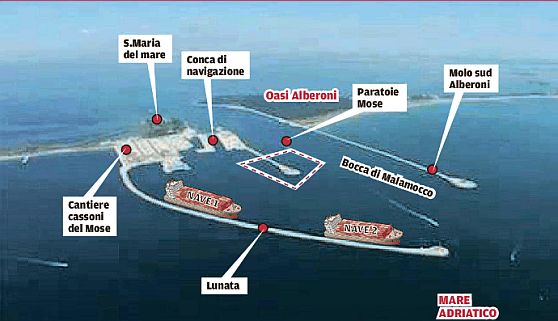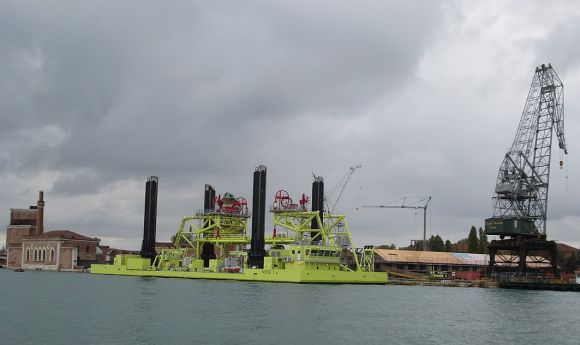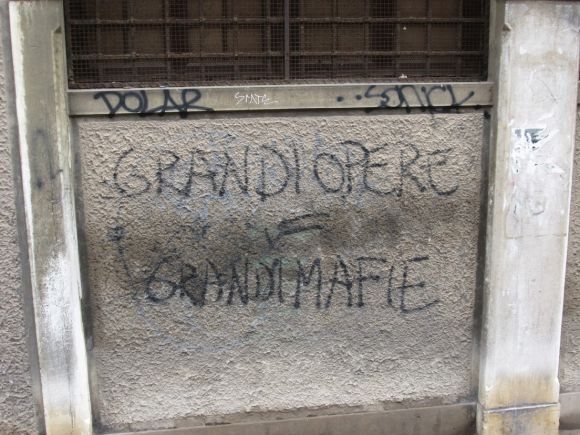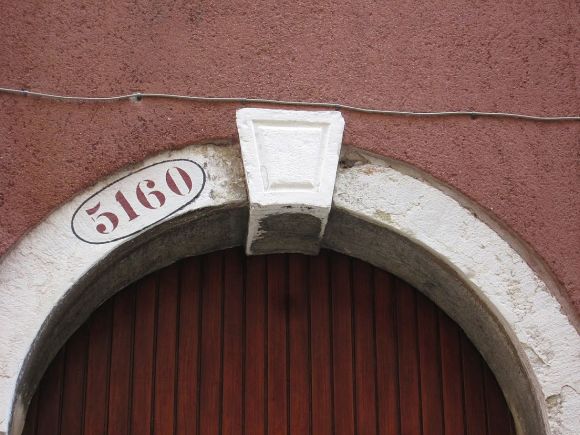
One month ago today the Big Water (“l’Acqua Granda,” as the disaster of November 12 was immediately dubbed), struck Venice, and I hardly know where to start my report. Theoretically I could have done this sooner, but when you have had ten inches of water in your house, even temporarily, it gives new meaning to the word “aftermath,” which is now synonymous with “exhausting,” “irritating,” and “stressful.”
The videos and news reports will have long since covered the general details, but I’ve found that putting things back together after a natural disaster is an experience all of its own. I won’t say it’s worse than water in the bedroom, but it’s not a whole lot better. Profound respects to any readers who may have endured similar, but worse experiences — avalanches, eruptions, typhoons, or earthquakes. You have had it much worse. Now, back to me.
On the positive side, all this a great reason to buckle down and get rid of tons of accumulated things which had, indeed, been slowly taking over our nonexistent space. So there is that. (However, see: “tiring,” above.)
I had just arrived in Virginia on November 11, as fate would have it, and on the 12th was reveling in the first day of my annual three-week R&R, when the lagoon rose up to smite Venice. Yes, Lino had to deal with wind, water, and general desperation all on his own. This entailed getting as much as he could raised or placed as high as possible in time, as per normal, notably the books on the lowest bookshelves, and the floor-level bottom drawers of the chests in the bedroom. But “in time” was suddenly dramatically redefined.
He is a veteran of acqua alta, having lived through many lesser ones and also the famous one of 1966. But what made this one different was not only the height — 187 cm above mean sea level, which covered some 80 percent of the city to one degree or another (1966 saw 194 cm) — but the ferocious wind. It must have been something like a hurricane, because not only did it make the water rise incredibly fast, but also created crashing waves that wrought havoc all along the exposed southern edge of the city. “I was looking out the door, watching the water rising,” Lino told me; “I turned around for a second, and then all of a sudden it was in the house almost up to my knees.”
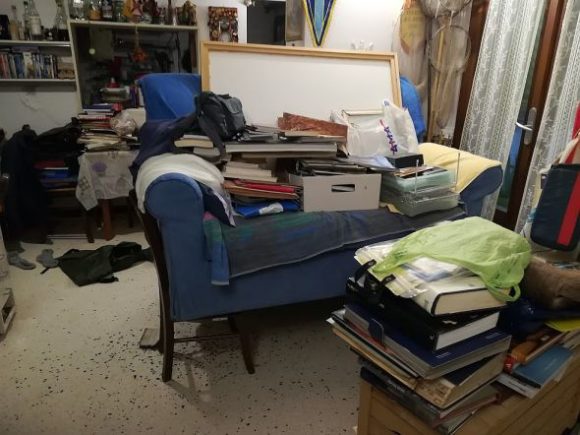
Naturally all this was happening at night, and naturally almost all of our electrical outlets are at floor level, so he was going through all this in the dark with no heating. (Yes, candles and flashlights were at hand.) Then, when the tide turned, he spent three hours sweeping the muddy water out of the house, then cleaning the layer of fine slime from the floor.
But he was happy about one thing; “I saved the computer! I saved the computer!” he told me on the phone, in the way people in the old days must have said “I saved the cow!” The refrigerator, though, did not survive, even though we had long since set it up on five-inch beams of wood. The washing machine is fine, though, which is a great thing because whatever clothes and towels got soaked with seawater sat there for a week, busily mildewing, till I got back.
Immediate response came in various forms. Banks suspended the usual commission for ATM transactions by non-account holders because so many cash machines were dead. Also, mortgage payments were suspended till the end of the year, which could have been really nice except that we had just made the last payment on our 15-year mortgage in October. Yep — as soon as the house was totally ours, it went under.
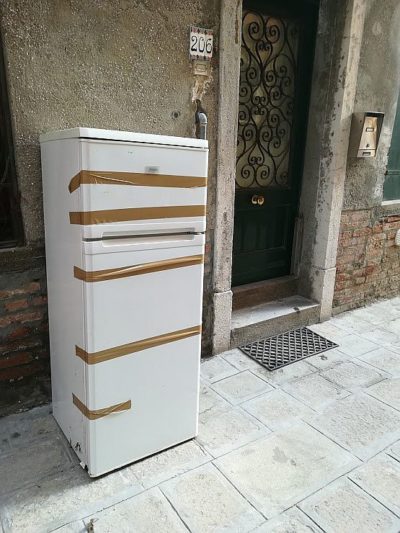
Our only tangible loss was the 300-euro refrigerator, so not only can we not complain, there isn’t much point in running the bureaucratic obstacle course for potential reimbursement for that. Those for whom there is a point would be businesses whose power tools are kaput, for example, or the young couple at Osteria di Valentino. Of course they had already installed their appliances up to safety at 140 cm, but 47 additional centimeters (18 inches) inflicted damage worth 40,000 euros: two large refrigerators, a large freezer, the dishwasher, the deep fryer…
But at least their fryer was empty. The trattoria up the street hadn’t emptied the oil from their fryer in time, and the pressure of the water busted some valve and out came all the oil. So the owner had water, mud, AND oil on his floor.
Not to worry! He went to buy some big bags of sawdust, the time-honored medium for glop removal. Not only were there none to be found (everybody got there first?), sawdust is now forbidden, he was told, in places where food is being prepared because the eponymous dust might contaminate the food. “I’ve used sawdust for 30 years!” he said. Well, that was then. Now we know better?
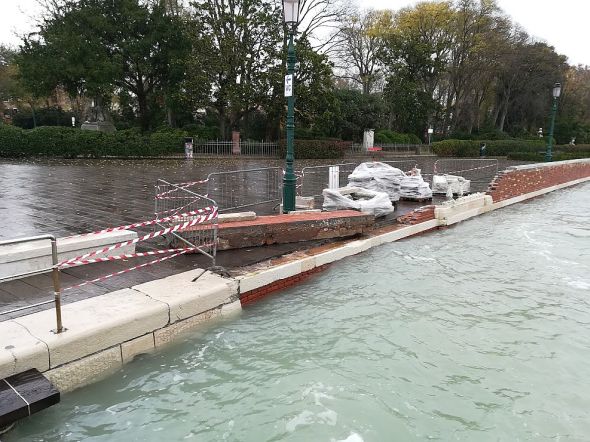
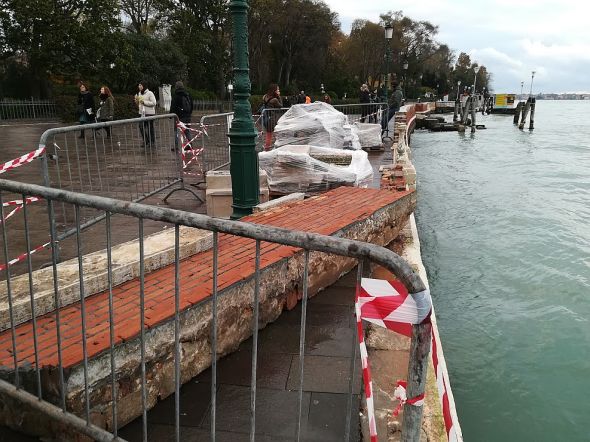

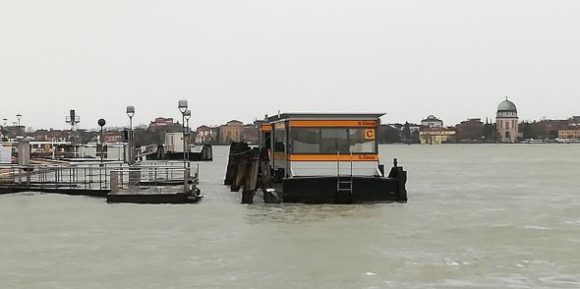
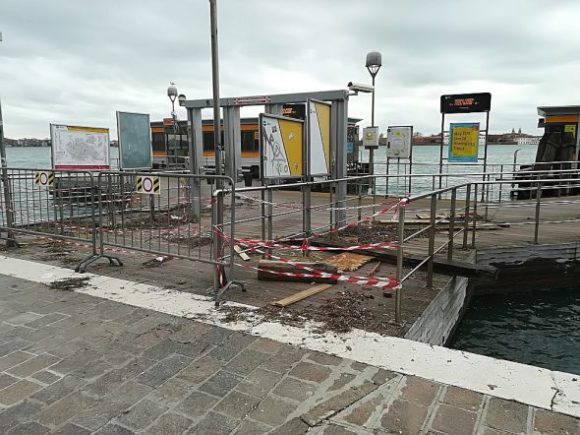
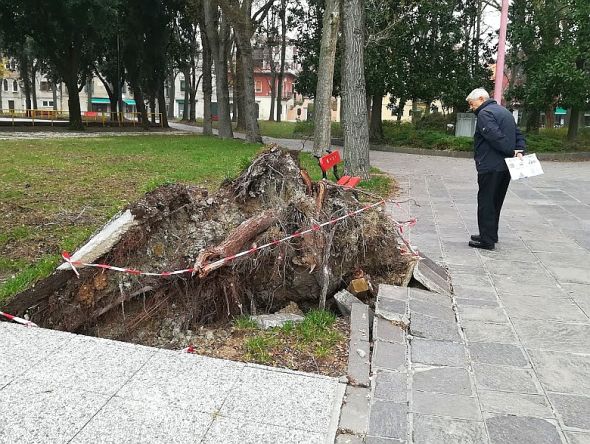
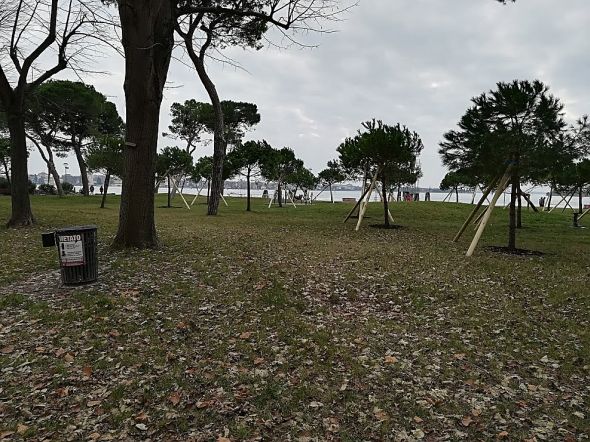
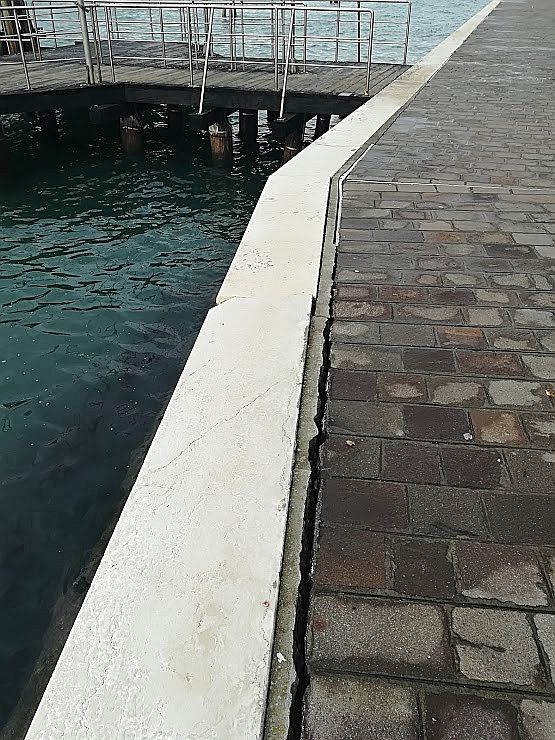

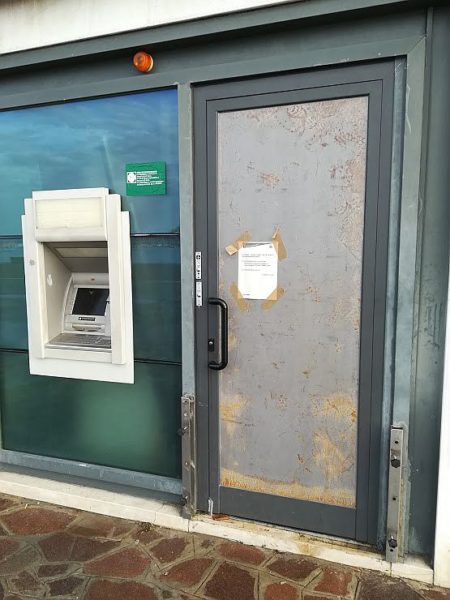
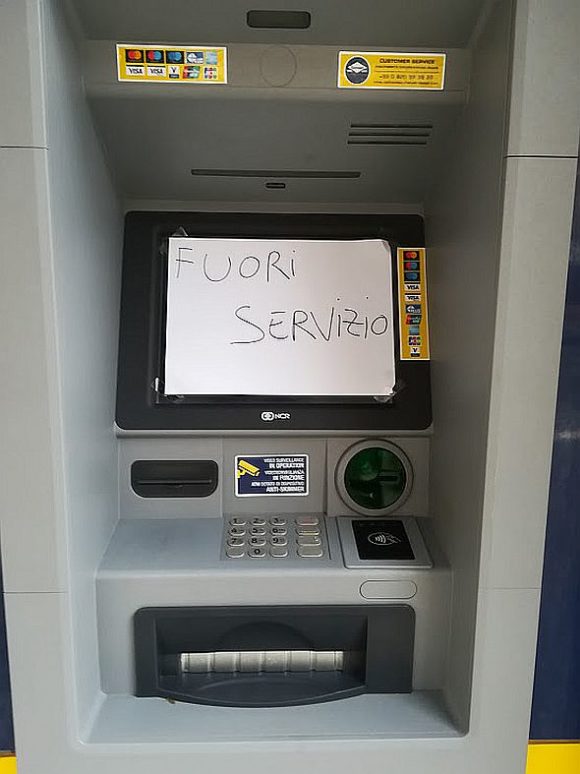


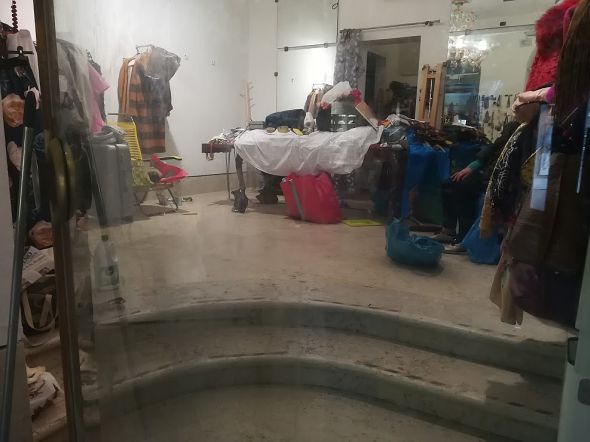
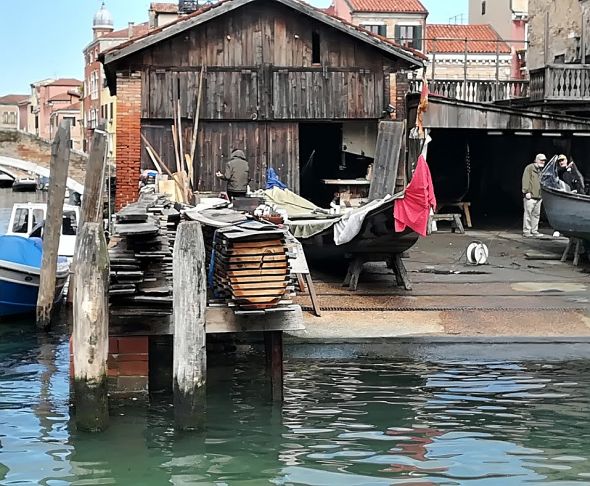

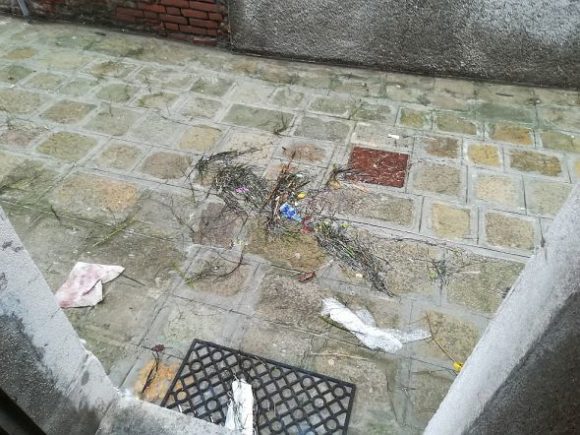
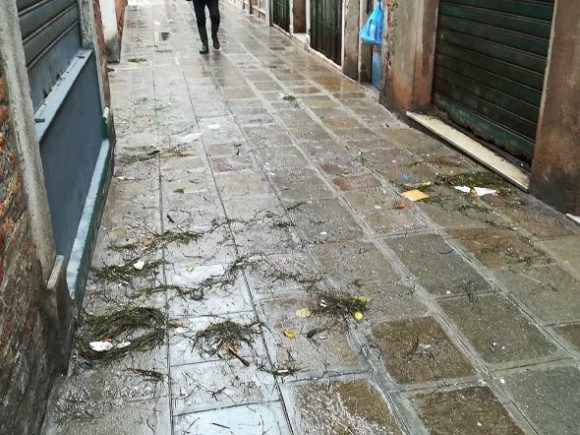



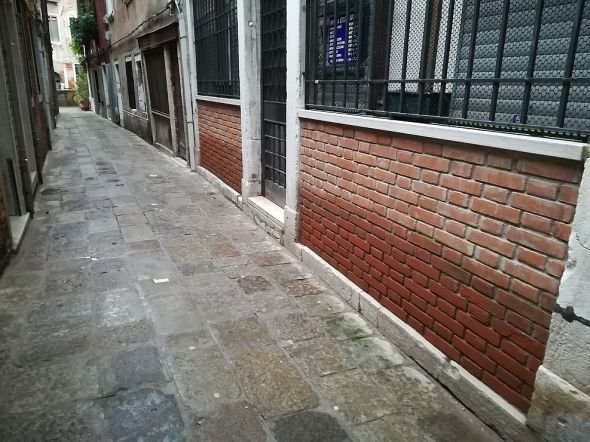
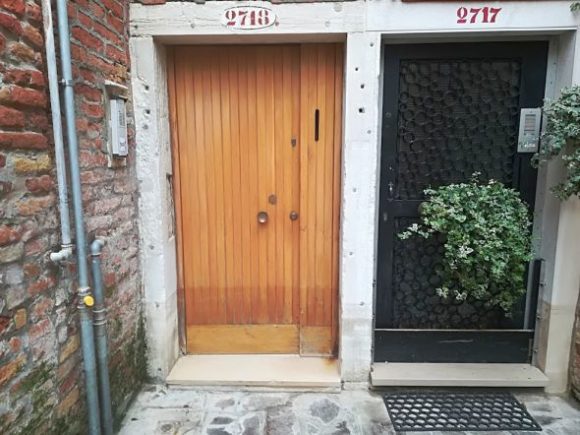
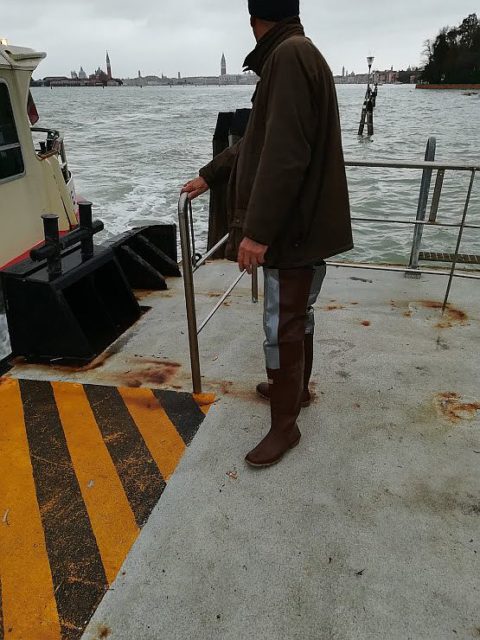

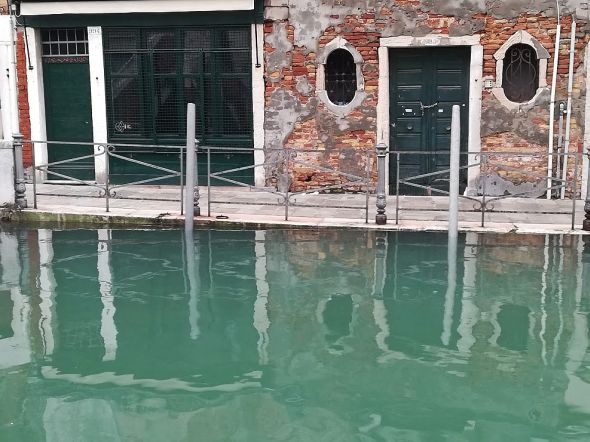
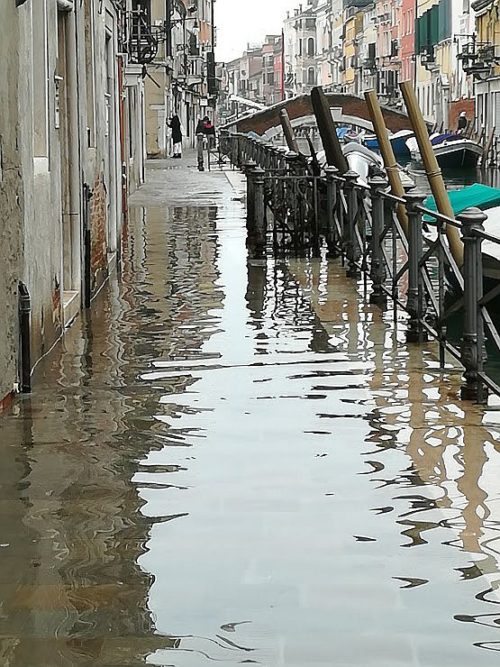
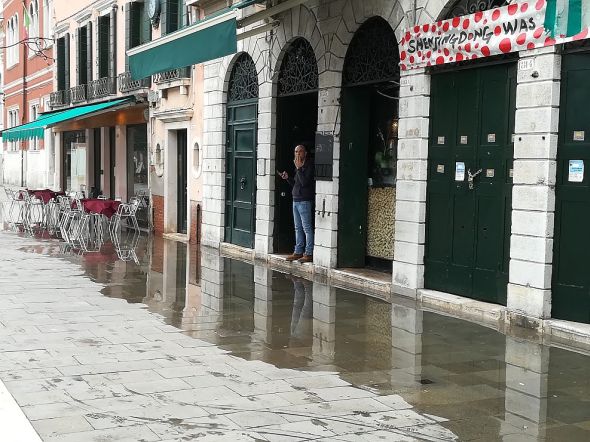
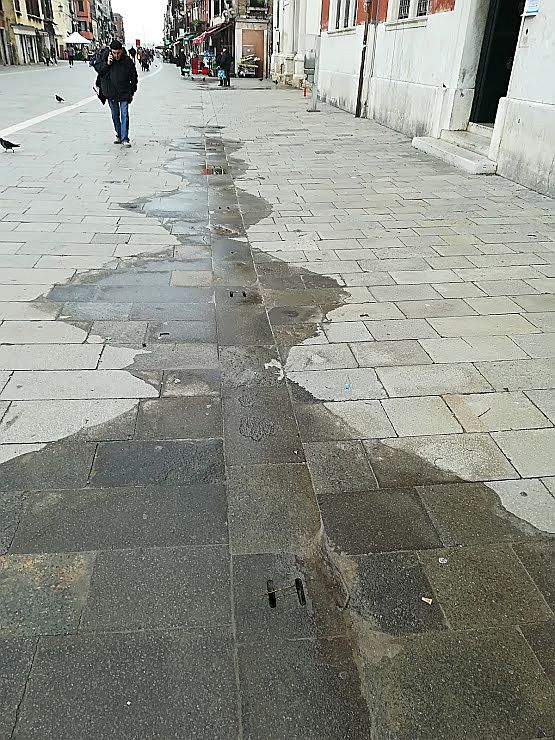
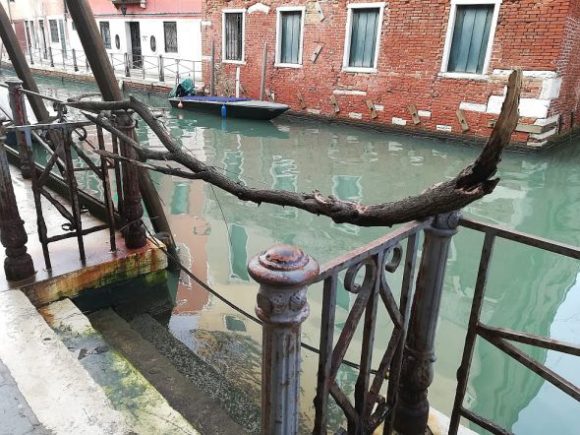
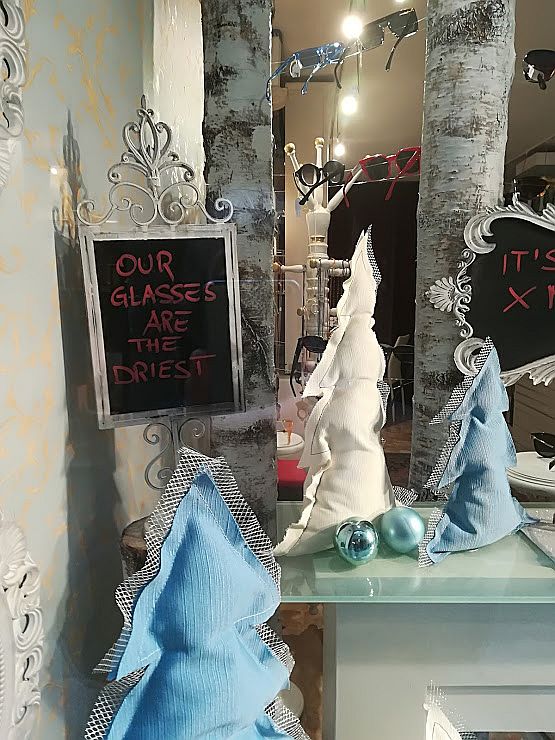
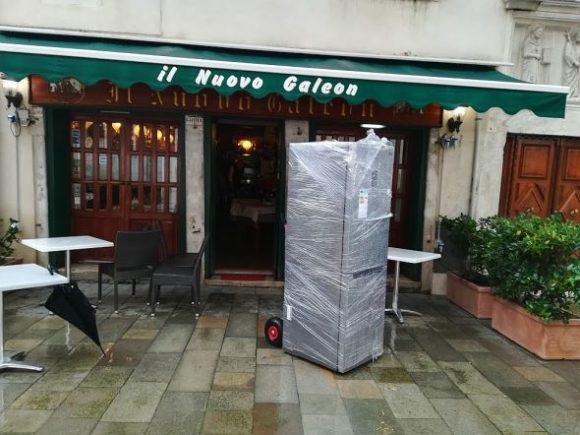
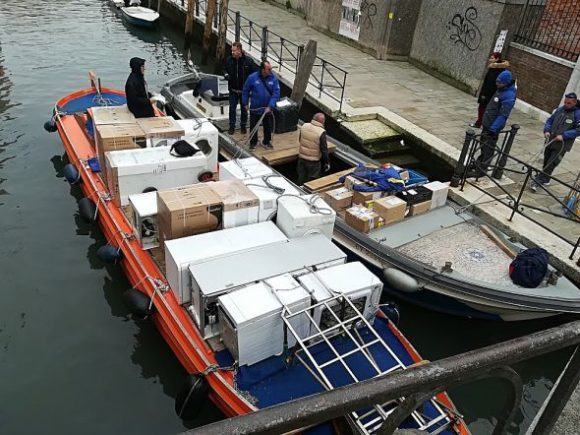
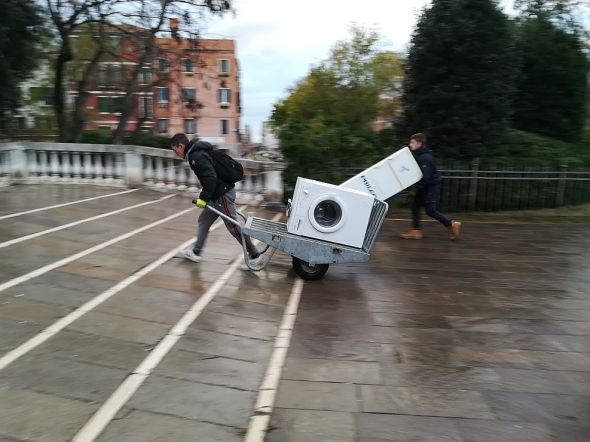
And speaking of damage, I took a walk along the Riva degli Schiavoni this morning. The damage from the waves is ugly, extensive, and probably will be here for quite a while. I suppose there is a Plan being devised as to the order and importance of interventions, but by the look of it at the moment, people are already getting used to things this way. Maybe we’ll find ourselves like those unfortunate earthquake survivors who are living in containers five years after the last aftershock. Or maybe five minutes before the next quake. Not sure how the thought process works.
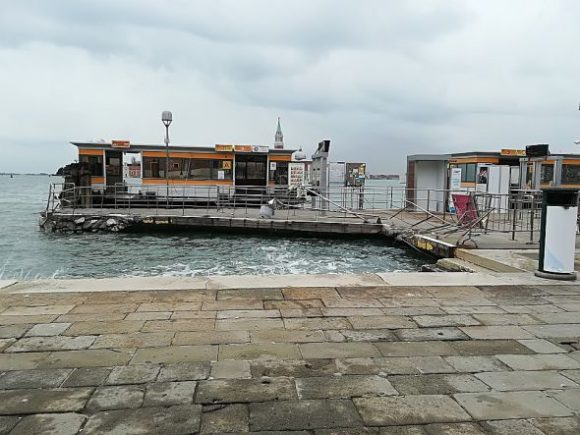
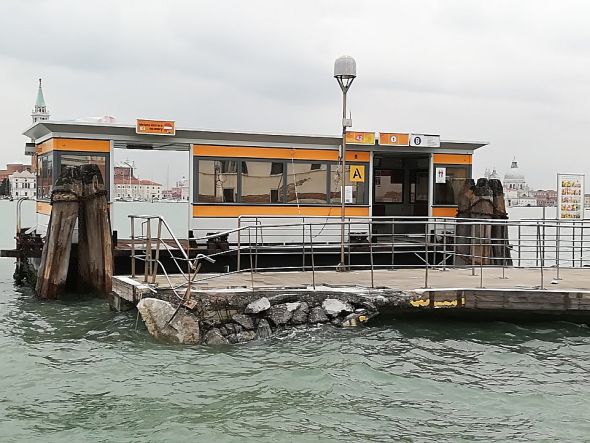
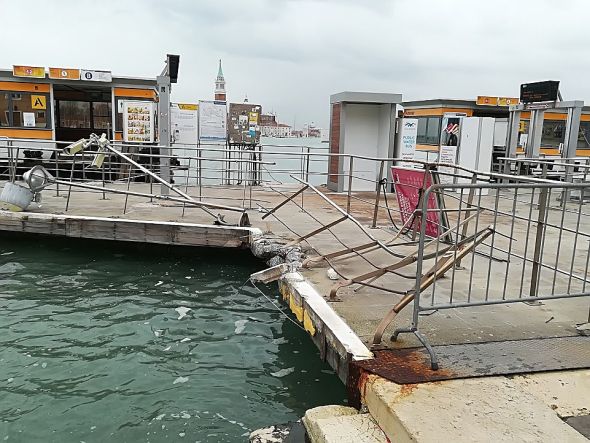
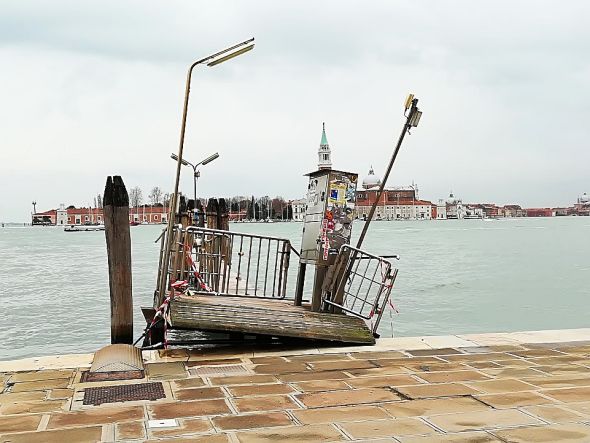
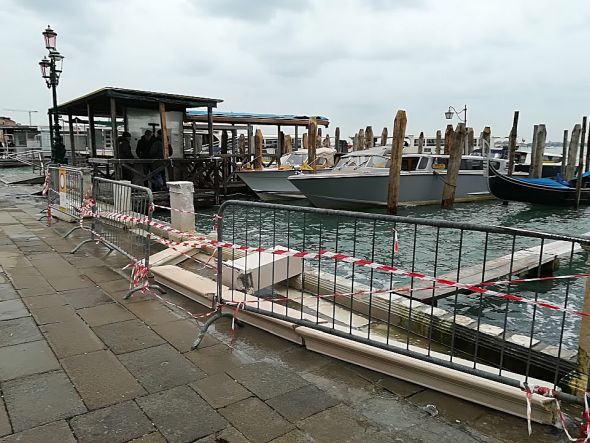
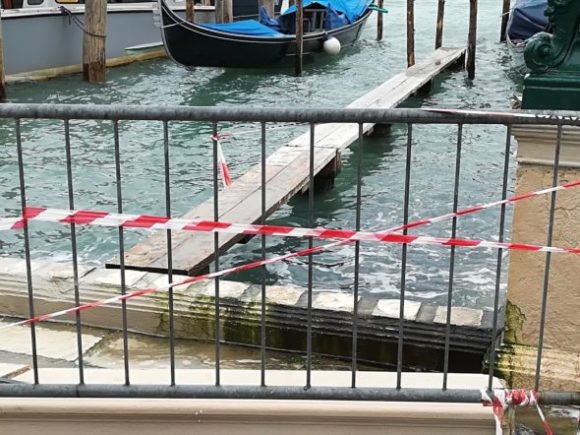
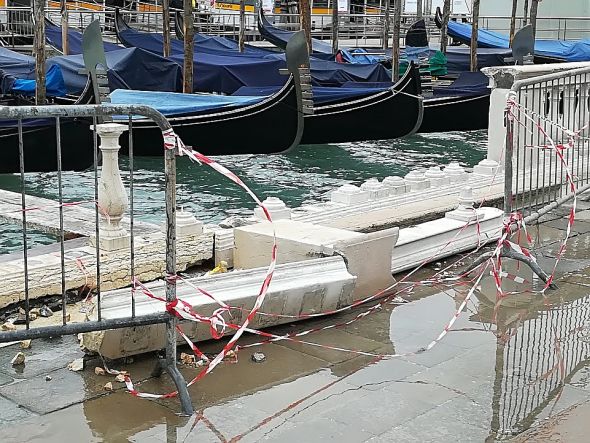
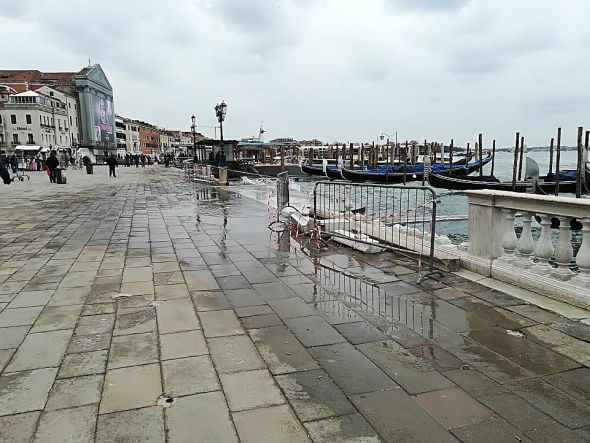
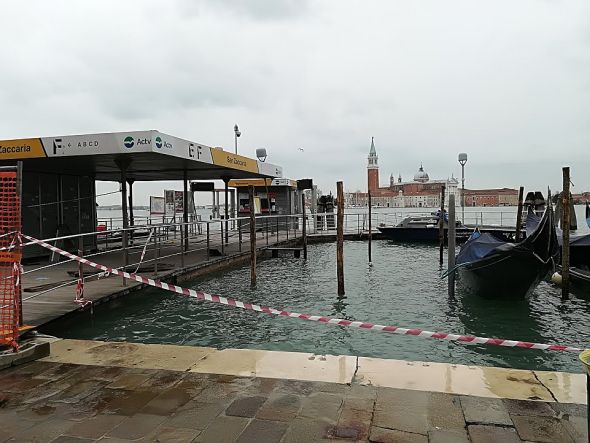
Prompt announcements of municipal reimbursements for damage caused some excitement: 5,000 euros to private citizens, 20,000 euros to businesses! But happy visions of the city councilors handing out bags of cash have been dashed.
Let’s say the funds are there, which I don’t actually know. What I do know is that there are too many problems and tempers are rising. The deadline for claims is too short (December 20), there is intense confusion on how to complete the claim forms, wrong information is being given out, what receipts are required, what sort of experts (too few, anyway) are able to prepare the necessary estimates on repairs and replacements. It’s turned into a sort of bureaucratic high tide all on its own. Of 2,900 claims submitted so far, only one in three has met the criteria for approval. And who can say when the reimbursement would finally be made? Some people who are owed money from disasters of various sorts from years ago are still waiting for the check. Or bag of cash, or whatever. I realize that frivolous and exaggerated and unsubstantiated claims are not to be encouraged, but creating problems while attempting to solve problems doesn’t sound like progress to me.
